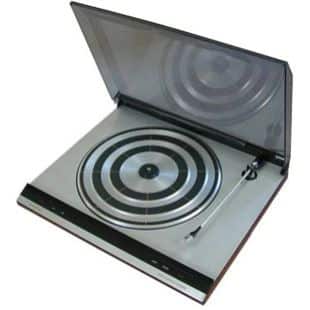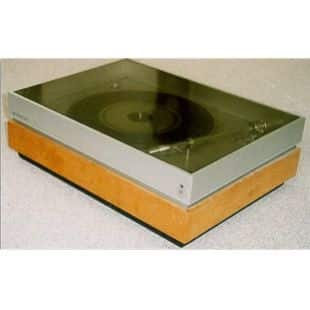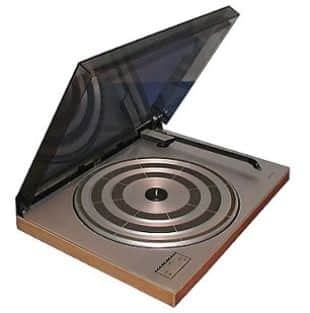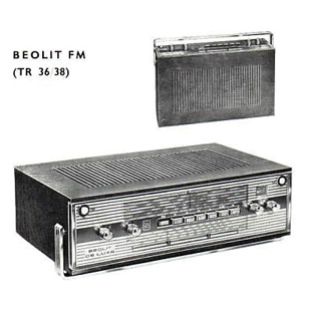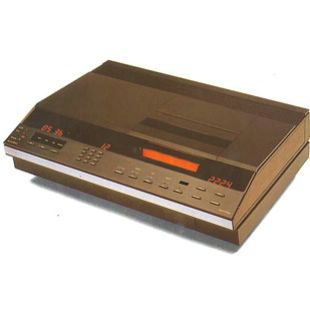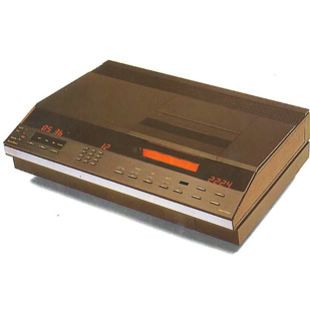BeoCenter 1500
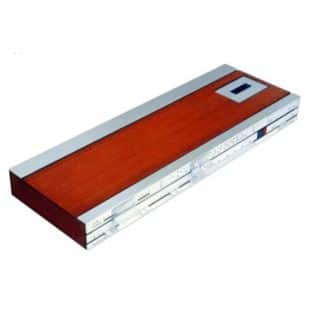
Beocenter 1500 was a combined FM/AM tuner, hi-fi stereo amplifier and cassette recorder with a specification level that was unique for combination units in that price bracket. In the AM section, which covered long and medium waves, Bang & Olufsen placed an emphasis on the set’s ability to separate stations from each other. The FM section had outstanding channel separation and stereo reception. The amplifier’s technical specifications were way above the average and fulfilled accepted hi-fi norms by a wide margin.
The built-in cassette recorder had its own operation panel but was otherwise fully integrated with the rest of Beocenter 1500. There was a switch for normal and chrome tapes; recording level was monitored on an illuminated indicator: red signified overload and green meant that all was well. The tape heads were of a super Permalloy and had a higher performance level and longer useful lifetime than ordinary heads.
Beocenter 1500 had connections for record player, two sets of stereo speakers, headphones and an extra tape deck.
Beocenter 1500 and Beocenter 1600 were, at the time of their production, two of the market’s most compact audio systems, but despite their small external dimensions they could fill a large room with sound. All the push buttons of Beocenter 1500 were of solid aluminium, and the solid aluminium front panel on the Beocenter 1600 was anodised – a process which was more expensive and more demanding but which also made the set more robust and resistant to marks and scratches.


